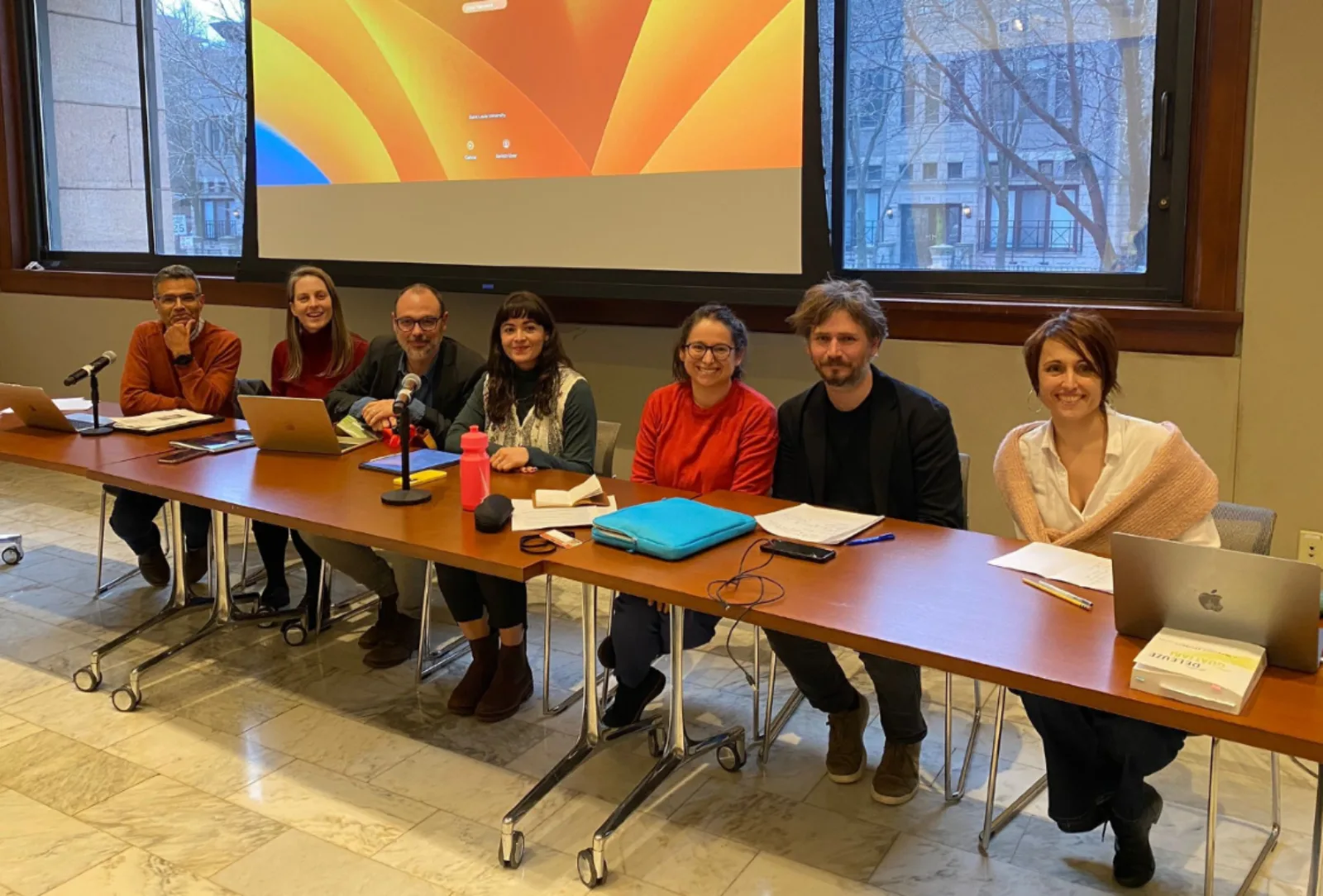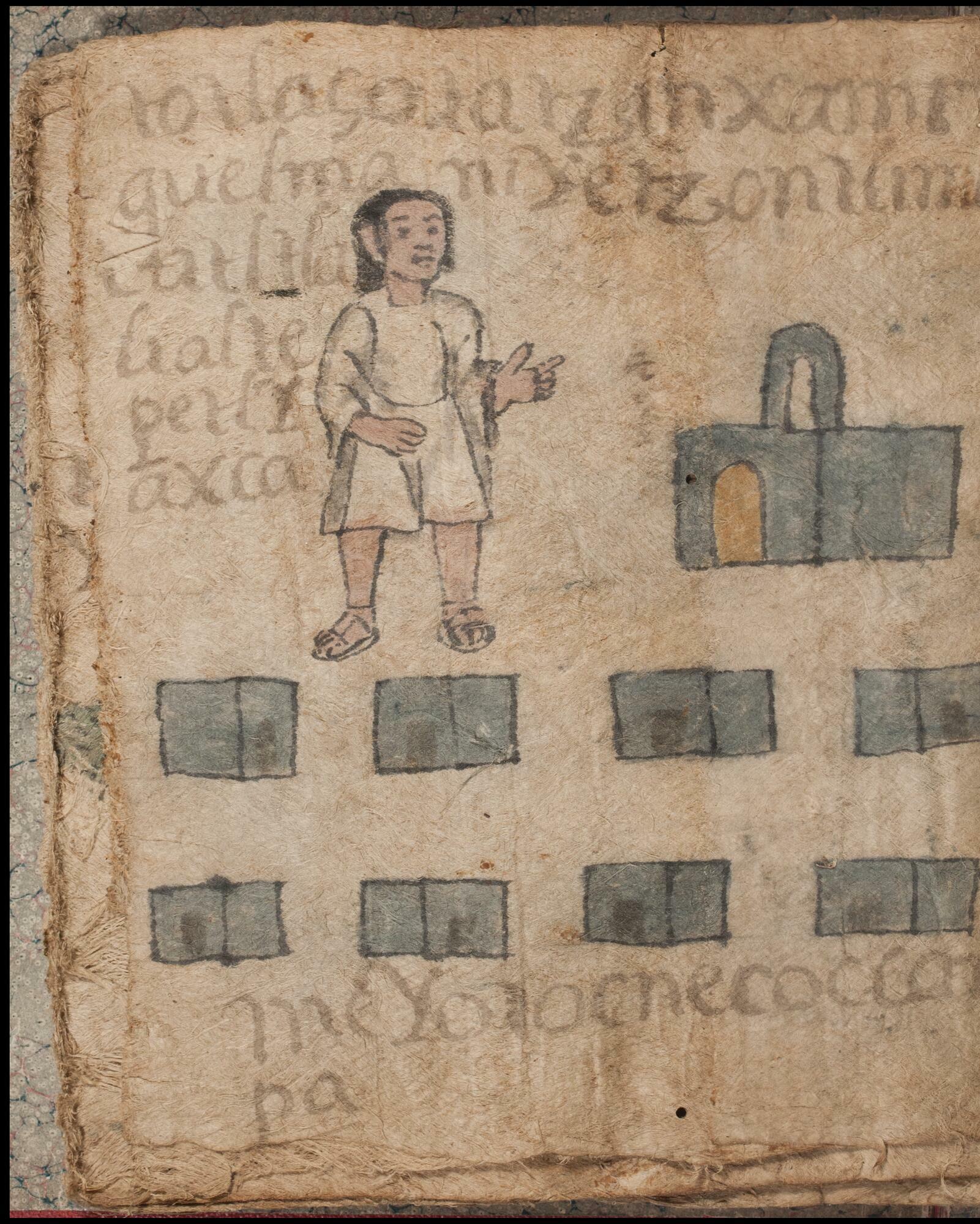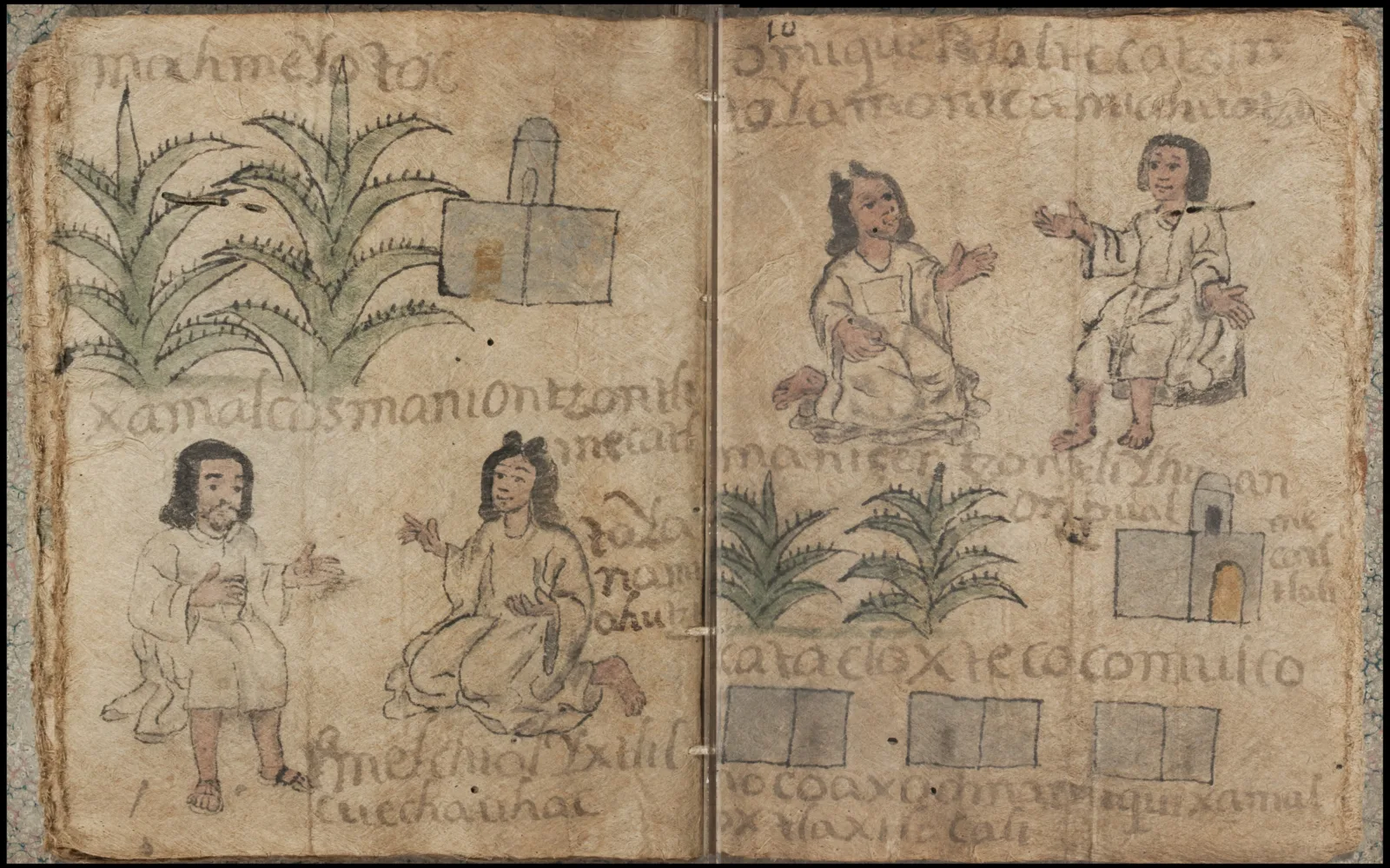During the 2023-2024 academic year, a group of Newberry fellows and scholars-in-residence from different fields and disciplines in early modern Iberian studies developed a common interest in a methodological approach called “the rhizome,” which embraces the vast array of complicated connections between ideas, objects, and actions in the past, just like the complex root systems of subterranean plants that originally carried that name. The so-called Newberry Rhizome Group explored this interest through informal conversations, research in the reading rooms, and at CRS programming throughout the year. This post is Part Three of a series in which these scholars share the fruit of these explorations. To see Part One, click here; for Part Two, click here.
This collection of contributions was designed and edited by Fabien Montcher (The Saint Louis University Center for Iberian Historical Studies - CIHS) and Maria Vittoria Spissu (Marie Skłodowska-Curie Global Fellow - University of Bologna/The Newberry Library) in the Spring and Summer of 2024.

Maria Vittoria Spissu, Department of the Arts, University of Bologna
Dreams of Pacified Societies in Rhizomatic Worlds
The writings of Juan de Palafox, Bishop of Puebla (1640-55), Archbishop of Mexico (1640-42), and Viceroy of New Spain (1642), intended to build a community of the faithful, based on enlightened living. In the Spiritual Discourses and Varon de desseos, Palafox ideally reconnects with Herman Hugo’s Pia desideria (1624), foreshadowing visions about salvation and perfection, later explored in Juan de Solórzano Pereira and Andrés Mendo’s emblems (1653; 1657).
Palafox’s conflicts with the Jesuits moved him to place his work under the protection of the Habsburgs. The engraved title page of Spiritual Discourses pays homage to Queen Elizabeth (Philip IV of Spain’s wife), who appears among the portraits of Saint Elizabeth of Hungary and Saint Elizabeth of Portugal. The social turmoil that plunged the diocese into controversies and contradictory aspirations for unity (textual/visual) disrupted the order of such a genealogy of virtue.

Palafox lived in a hierarchical world governed by imperial sovereignty and the authority of virtuous paradigms. He experienced a polycentric world, as Puebla was one of the centers of the Viceroyalty.
Yet, his parable is best understood as part of a rhizomatic dimension, in which the communities of devotees, moral treatises, paintings depicting the concord and solitude of penance, union with Christ and political ambitions, the suavity of virtue and the evils of the church, all acted with one another.
Through their diatribes, Jesuits eventually emerged as communities of persuasion and interference, generating a maelstrom of recriminations that ruined Palafox’s dream of a normed pacified world.
Javier Villa-Flores, Department of Religion, Emory University
On the Rhizomatic Potential of Emblems
"Take this sword and use it for me if I rule justly, against me if I rule unjustly," Trajan’s words immortalized in emblem LVII of Andrés de Mendo’s Principe Perfecto (Salamanca, 1662). They encapsulate the essence of just rulership and the rule of law. Mendo's emblem, a direct adaptation of Juan de Solorzano Pereira's Emblemata Centum (Madrid,1653) , features the same image and motto. However, Mendo strategically repositions the emblem within his larger work, transforming its meaning and function.
Solorzano's emblem book places Trajan's image among various virtues and vices of rulers without suggesting a specific moral progression. In contrast, Mendo strategically positions it within a sequence emphasizing the king's legal obligations, implying a pedagogical intent to guide readers toward an understanding of ideal rulership.

Jesuit emblem books, inspired by the Ignatian Spiritual Exercises, were designed for sequential reading to guide readers through stages of spiritual development. However, their rhizomatic nature allows for multiple interpretations and connections, resisting linear reading.
Emblem books function as collections of self-contained units of meaning, accessible and interpretable independently. They lack a definitive resolution, inviting readers to forge their own connections and interpretations.
The emblem of Trajan exemplifies this rhizomatic potential, serving as a node in a network of ideas exploring power, justice, and the rule of law. Mendo's sequence is merely one pathway through this network; readers remain free to chart their own courses.
Andrea Reed-Leal, Department of Romance Languages and Literatures, University of Chicago
Entangled Times in 'Codex Zempoala'
Between the 1690s to the 1720s, the Nahua people of Central Mexico presented paintings, such as Codex Zempoala, in legal cases in the hopes of providing the legitimacy of their land claims. Viceregal officials strongly enforced the land title verification policy called composición and leaders of indigenous communities were routinely asked to present their pinturas, or paintings, to substantiate their territorial boundaries.

Codex Zempoala is just a trace in a wide web of codices produced by Indigenous peoples in New Spain. It belongs to a late colonial manuscript group called the Techialoyans, or “primordial titles,” which included information on an ethnic group’s land tenure, genealogies, and sociopolitical organization.
Rhizomatic thinking allows us to see some lines of articulation in this Codex: glosses in Nahuatl language, 28 centimeters in size, and 16 leaves with paintings on both sides. But also, there are lines of flight, movement, and deterritorialization: the document does not seem to belong to its own time.
The traditional use of amatl paper, or bark paper, had long been replaced by paper made of cotton by this time. Also, the large, thick, scrawling lines of text in older Nahuatl orthography and the depiction of indigenous leaders of an earlier time might suggest the deliberate attempts of indigenous peoples at forgery.
However, taking a closer look at the Techialoyans’ nature, on the contrary, reveals these documents as indigenous people’s legacies in the use of materials and traditional methods and their sincere efforts to provide evidence of their communities’ antiquity and long-held territorial claims.
Codex Zempoala’s materialities function as mnemonic devices that continue to make meaning, untwisting forms of Indigenous ongoingness that resisted historical supersession.
Diana Berruezo-Sánchez, Department of Spanish Studies, Universitat Autònoma de Barcelona
Rhizomatic Conversion Environments
The rhizome builds on the idea of the segmentary articulation of subjects and objects across entangled spatio-temporal coordinates. Language plays an important part in the theory of the rhizome but is not sufficient to explain it on its own.
Language is sequential: we can say one word after the other, but not all words at the same time. Yet, the rhizome aims at breaking the logic of sequential and teleological communication. Principles such as multiplicities and heterogeneities emerge. How can these principles deepen our analysis of Black intermediacy in the Iberian World?
In his 1687 Istorica descrizione of the Catholic missions in Africa, Antonio Cavazzi relies on images that depict the act of conversion as a teleological/progressive event. I call the images’ sequence into question as it obscures the dialogues that Capuchin friars established with Black intermediaries, as well as the voices of the latter.

The process of receiving/passing on a message is complex and has many variables. To fully understand Cavazzi’s images, we should interrogate the intentions of the friars and the intermediaries, as well as the unspoken ideas that resulted from their interactions.
Each actor represents complexities and contingencies, and each (mis)communicates to one another. Conversion was an act of communication that involved, paradoxically, many layers of miscommunication. The linguistic dimension of the rhizome invites us to consider ‘Conversion Environments’ as it underlines the importance of the sensorial and spatial experiences related to often violent and always diverse processes of mediation across the Iberian worlds.
